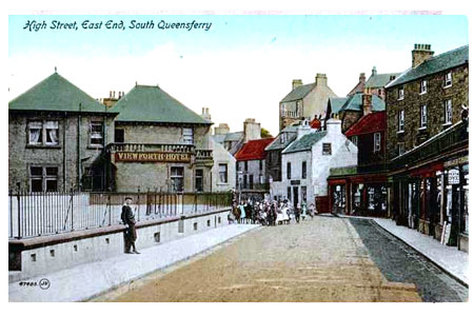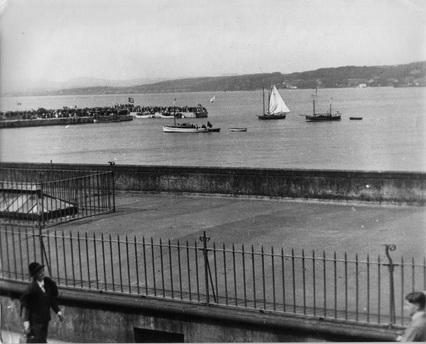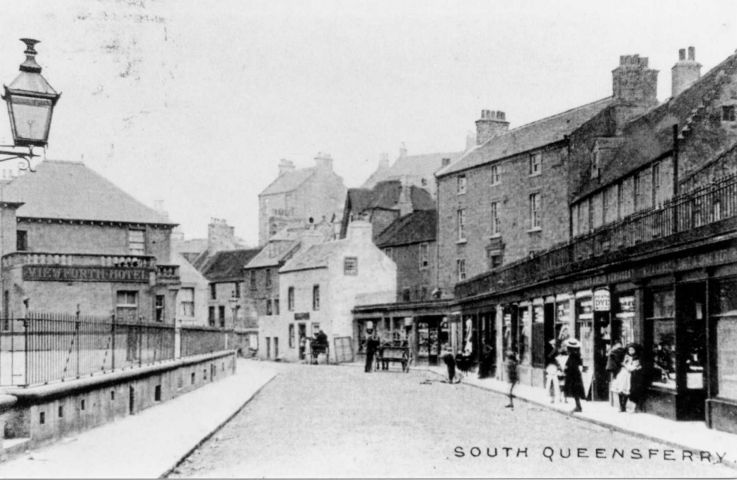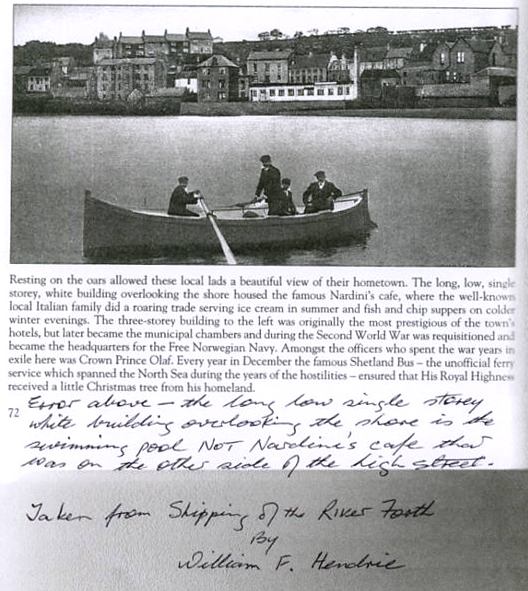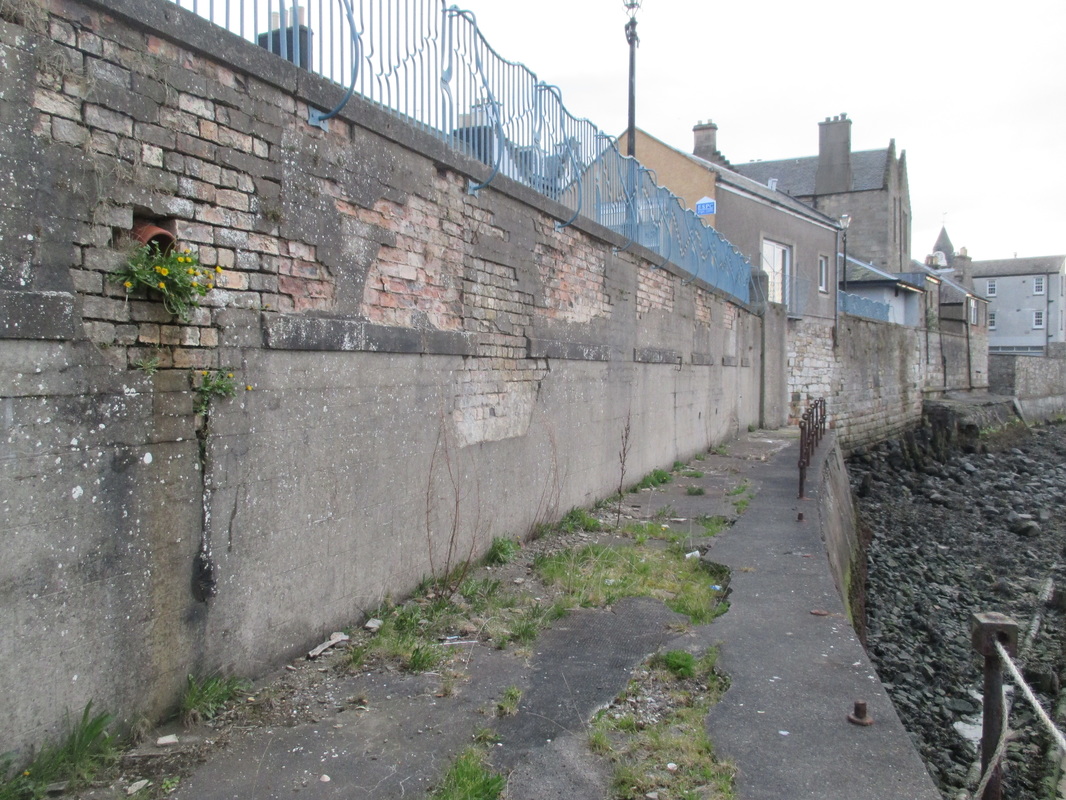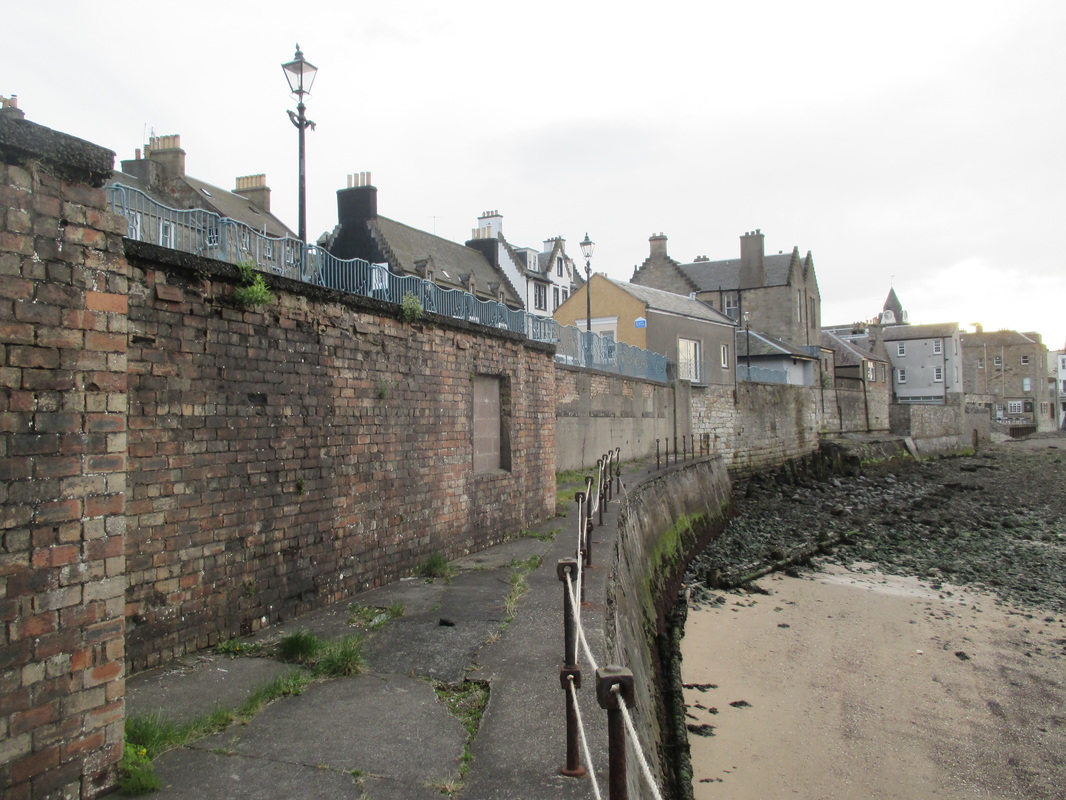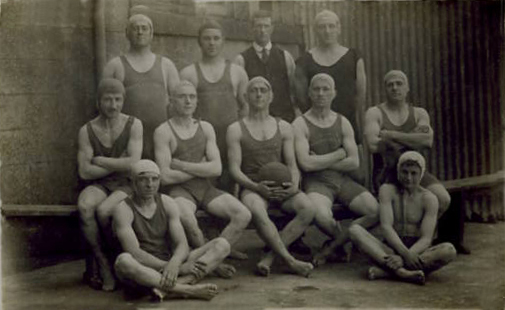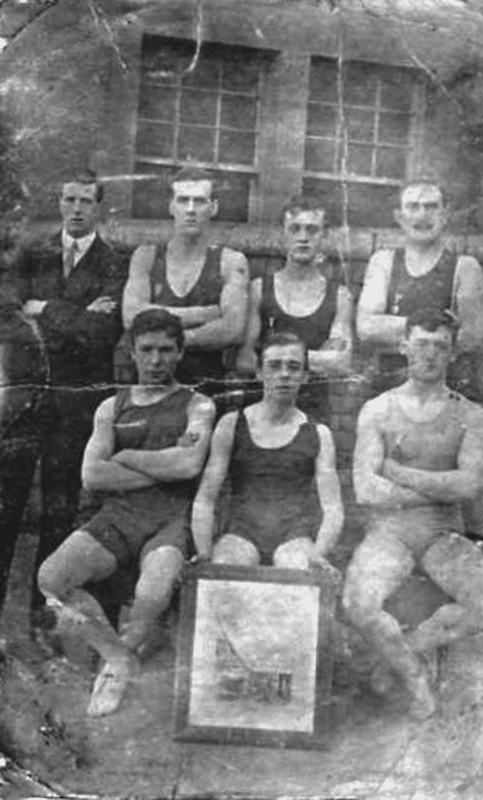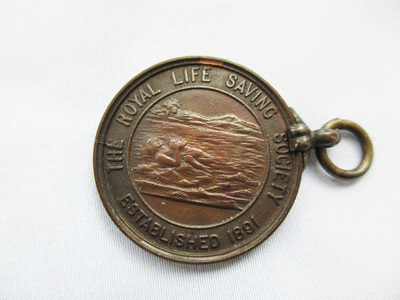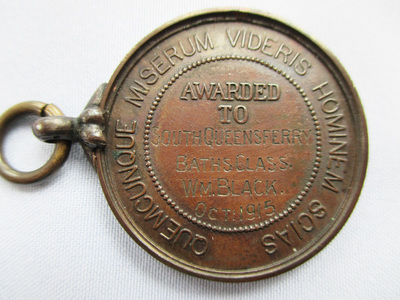On 1st May 1897 the West Lothian Courier reports that" Admiral Sir George Nares, presently on a visit to Edinburgh, visited Queensferry, and after inspecting the proposed site for the Diamond Jubilee Baths, met in conference with the burgh Commissioners in the Town Chambers to have any objections lodged against the same so as to report to the Board of Trade.
A Mrs H R Whyte, East Terrace, lodged a complaint against the Baths on the grounds that the erection would cause a nuisance and be detrimental to her property, which was opposite the site. Sir George heard her objection then remarked that he had only had a minute to look at the proposed site but that was sufficient to satisfy him of the suitability of the site and that the erection of baths there in terms of the plans submitted would be a great improvement to the immediate locality and he would have no hesitation in reporting so to the Board of Trade".
The baths which are in the middle of the burgh will be a great improvement to the town as well as a great acquisite on to the community and visitors.
The swimming bath is to be of heated salt water, heated by means of a steam injector placed at one end, supplied from an Essex patent boiler and the water therin will be kept at a temperature of from 68-70 degrees F.
There are also several play baths supplied with sea water which can be had hot or cold. It is hoped that they will be taken advantage of and make Queensferry as it deserves to be, a famous Summer health resort.
There is to be a fine promenade on top and to the North side of the baths on the sea wall where the bands of HMS 's can play and the inhabitants enjoy a fine Summer evening. The Baths are to be lighted with electricity and there will be a large arc lamp outside which will light up the whole of the town. The estimated cost of the building is £3,500. Mr H M Henry, Edinburgh, is the architect.
As Dalmeny station is a fine distance from Edinburgh, with a capital train service, it is to be hoped that Queensferry will become a residence for Edinburgh business men.
The swimming bath was duly erected on the site now used as a car Park.
On 7th January 1899 the courier reports "On Monday 2nd January, the Baths were opened to the public by the Magistrates and Town Council. There was a large attendance and swimming and diving competitions for money prizes were engaged in by the boys. The Baths have been very largely patronized since they were opened. The building is lighted throughout by the new acetylene gas and two large lamps are placed at either end of the entrances. The new light is a great improvement and makes the other gas lamps on the street seem very dim."
Queensferry Jubilee Baths was not without it's troubles.
The Courier reported on 2nd October 1897, "Mr Barr, Contractor for Masonry work, successfully completed the foundation of the sea wall in a remarkably short time". Then on Dec 11th 1897 "Part of the bank which formed the roadway at the new baths fell and caused considerable damage to the brickwork".
On 27th August 1909 the Courier goes on to report that a public meeting was held in connection with reroofing the public baths attended by some 200 ratepayers. Baillie Prosser stood up and addressed the meeting. He said that the subject of the Baths had been a vexatious question ever since the inception of the baths. They were forced upon the community at the outset and no one had any doubt that they actually were a wildcat scheme from the first. It was said that the installation of the public baths in the town was going to pave Queensferry's way to fortune. Instead of that, they had been a failure from the first, and it was not the fault of the baths themselves that they had been a failure.
If the committee had done their duty by these baths, the roof would have been in perfect state today. If they had expanded the use of a penny's worth of paint the roof would have resisted the weather, and now when the Town Council come forward and asked the ratepayers to pay £375 out of their own pockets to make good their neglect, didn't they think it was an imposition?
The response was that the people in whom the Council had placed their trust, had betrayed them and they had not looked after the baths. It was known that at one time the swimming instructor cleaned and attended to these baths, the town didn’t do it. They took no interest in them whatsoever.
The roof had fallen in, in some parts due to the fact that water had gotten in under the asphalt and the wood had rotted away. Some said the rotting was due to the steam but that was not true, the damage was caused by the roof not being kept in proper order. The rafters were rotten, not at the centre of the boards but at the sides."
In order to ease the situation in some way, approach was made to the Admiralty to increase their annual allowance. In August 1901 the Town Council borrowed £275 at
3 +1/2 % interest per anum from Thomas Izatt, the local Baker, to defray the balance of capital expenditure on the baths.
Eventually it was deemed financially unviable to keep the Baths open. It was announced in the West Lothian Courier in January 1922 that "Notice is hereby given that the town council of Queensferry at their next meeting on 13th February, intend to confirm a resolution passed at their last meeting to make a Special Order closing the Public Baths in the Burgh, as same are deemed to be unnecessary.
Town Clerk Depute, Queensferry 9th January 1922".
This notice was repeated in February. There was no actual closing date announced so it can be presume that the closure was some time after the second announcement.
The interior was filled in with rubble and later the car park was built on top.
Below, Lifesaving Medal from Queensferry Baths dated 1915
